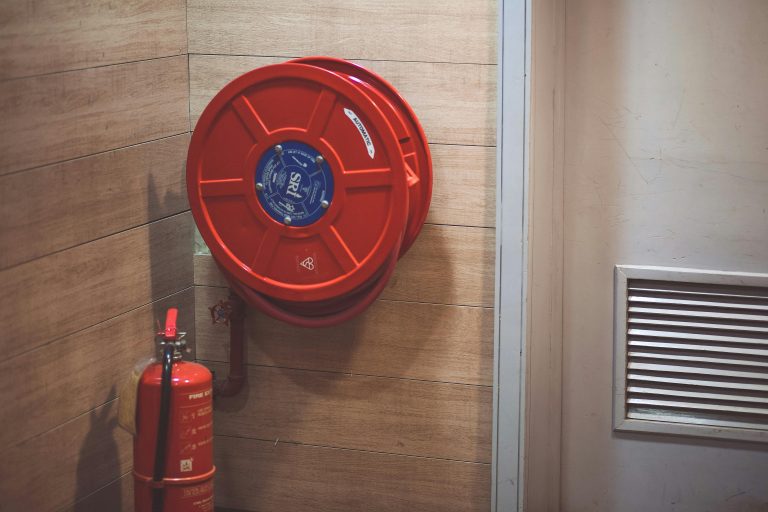Workplace safety and occupational health are critical for ensuring the well-being of employees and the efficiency of operations in Singapore. Understanding key safety practices, health concerns, and regulatory requirements can help create a safer and healthier work environment.
What is Workplace Safety and Occupational Health?
Workplace safety refers to practices and policies designed to prevent accidents and injuries at work. Occupational health focuses on the physical and mental well-being of employees, addressing health risks associated with the work environment. Together, these aspects aim to protect workers from harm and promote a safe, productive workplace.
Common Workplace Safety Hazards
Identifying and addressing common workplace hazards is essential for preventing accidents and injuries:
- Slips, Trips, and Falls: Wet floors, uneven surfaces, and clutter can lead to falls and injuries.
- Ergonomic Issues: Poorly designed workstations and repetitive tasks can cause musculoskeletal disorders.
- Chemical Exposure: Handling hazardous substances without proper protection can lead to health issues.
- Machine Safety: Inadequate training or faulty equipment can cause accidents involving machinery.
Fire Hazards: Lack of proper fire safety measures and equipment can increase the risk of fire-related incidents.
Occupational Health Concerns
Occupational health encompasses various issues that affect workers’ health:
- Respiratory Conditions: Exposure to dust, fumes, or chemicals can cause respiratory problems.
- Hearing Loss: Prolonged exposure to loud noises can lead to hearing impairment.
- Mental Health: Work-related stress, burnout, and poor work-life balance can impact mental well-being.
- Infectious Diseases: Work environments can be prone to the spread of infections, particularly in healthcare and service industries.
Implementing Workplace Safety Measures
To enhance workplace safety:
- Conduct Risk Assessments: Regularly assess potential hazards and implement measures to mitigate risks.
- Provide Training: Offer comprehensive training on safety procedures, equipment use, and emergency response.
- Maintain Equipment: Ensure that machinery and equipment are well-maintained and regularly inspected.
- Promote Good Practices: Encourage safe work habits, such as proper lifting techniques and using personal protective equipment (PPE).
- Establish Emergency Procedures: Develop and communicate clear emergency procedures and conduct regular drills.
Promoting Occupational Health
To support occupational health:
- Implement Health Programs: Offer health and wellness programs, including fitness initiatives and mental health support.
- Monitor Health Risks: Conduct regular health screenings and monitor exposure to harmful substances.
- Support Work-Life Balance: Promote flexible working arrangements and encourage employees to manage stress.
- Create a Supportive Environment: Foster a positive work culture that prioritizes employee well-being and provides access to mental health resources.
Regulations and Compliance
In Singapore, workplace safety and occupational health are governed by regulations and standards:
- Workplace Safety and Health Act: Enforces safety and health measures to protect employees and maintain a safe working environment.
- Ministry of Manpower (MOM): Provides guidelines and support for workplace safety and health practices.
- Workplace Safety and Health Council (WSHC): Offers resources and training to improve workplace safety and health standards.
For expert advice on workplace safety and occupational health, consult with Igaku. Our specialists provide tailored consultations through in-person visits at our clinics or teleconsultations via WhatsApp to help you implement effective safety and health practices in your organization.
Read our other articles here.






